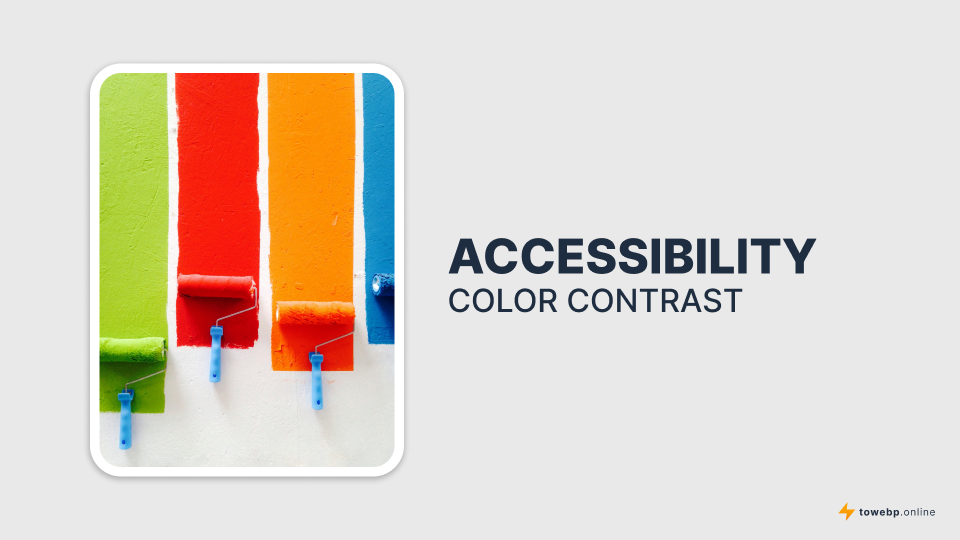
TABLE OF CONTENTS
Web accessibility is a crucial aspect of modern web development, and proper color contrast is one of its fundamental pillars. Good color contrast ensures that text and interactive elements are easily readable for all users, including those with visual impairments or color blindness.
Why Color Contrast Matters?
According to the World Health Organization, approximately 285 million people worldwide have visual impairments. Poor color contrast can make content unreadable for:
- Users with low vision
- People with color blindness
- Users viewing screens in bright sunlight
- Elderly users with declining vision
- Anyone using devices with low-quality displays
Color Contrast Checker
Normal text (16px) preview
Large text (24px) preview
Normal Text (≥16px)
Large Text (≥24px)
WCAG Guidelines for Color Contrast
The Web Content Accessibility Guidelines (WCAG) 2.1 provides specific ratios for ensuring adequate color contrast:
- Regular text (less than 18pt): Contrast ratio of at least 4.5:1
- Large text (18pt or larger): Contrast ratio of at least 3:1
- UI components and graphical objects: Contrast ratio of at least 3:1
- Regular text: Contrast ratio of at least 7:1
- Large text: Contrast ratio of at least 4.5:1
Tools for Testing Color Contrast
- WebAIM Contrast Checker
- URL: https://webaim.org/resources/contrastchecker/
- Features: Real-time contrast checking, color picker, WCAG compliance verification
- Chrome DevTools
- Built into Chrome browser
- Accessibility panel shows contrast ratios
- Suggests colors that meet WCAG guidelines
Testing and Validation
Regular testing is crucial. Include these steps in your development workflow:
- Use automated testing tools like:
- WAVE (Web Accessibility Evaluation Tool)
- Axe by Deque
- Lighthouse in Chrome DevTools
- Manually test with:
- Different screen brightness levels
- Various device displays
- Color blindness simulation tools
Conclusion
Color contrast isn't just about meeting guidelines—it's about creating an inclusive web that everyone can use. By following these guidelines and regularly testing your color choices, you can ensure your web content remains accessible to all users, regardless of their visual capabilities.
Remember to:
- ✔️ Always meet at least WCAG 2.1 Level AA standards
- ✔️ Test your color combinations thoroughly
- ✔️ Consider context and user environment
- ✔️ Ensure proper heading hierarchy for image sections